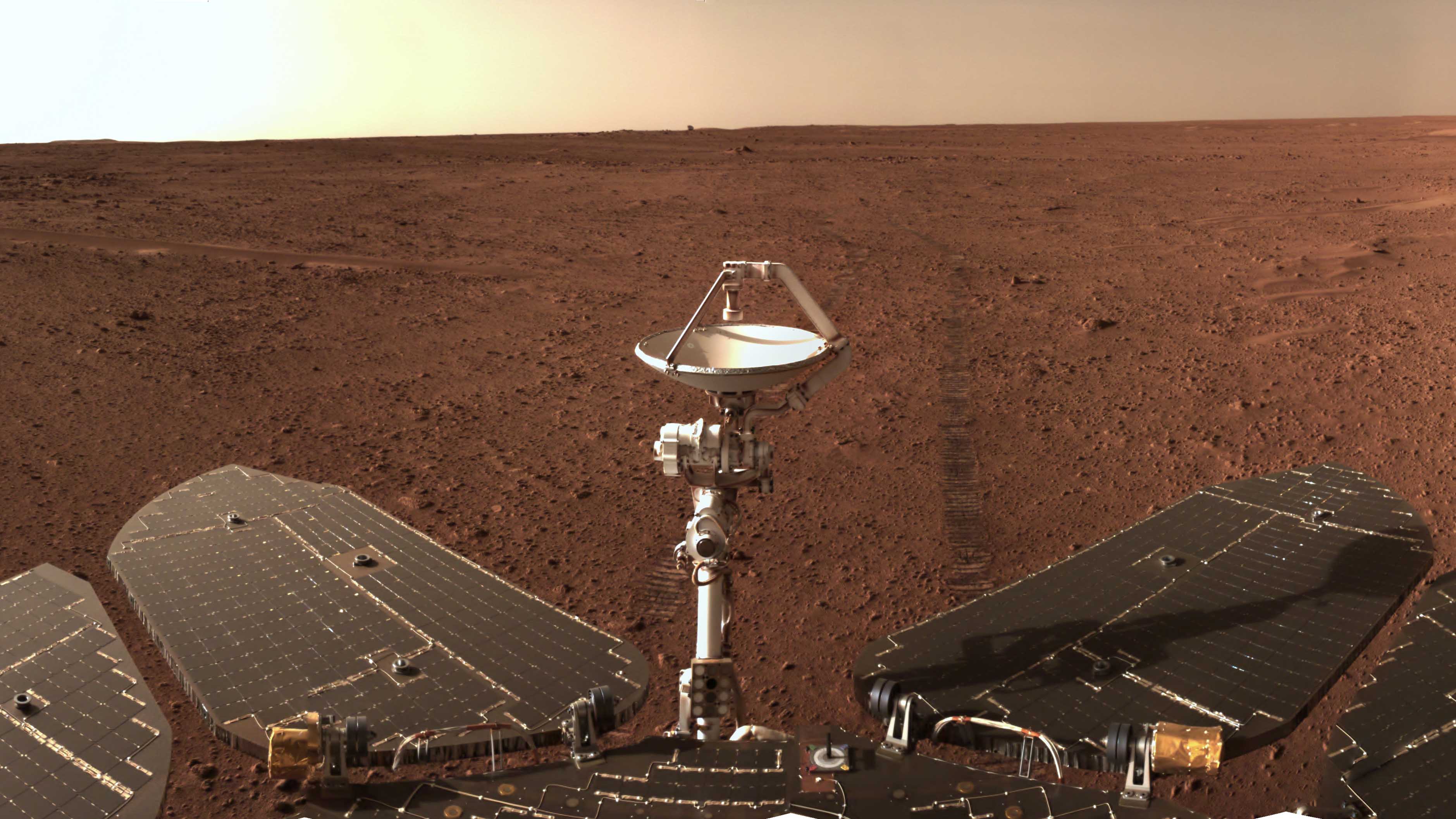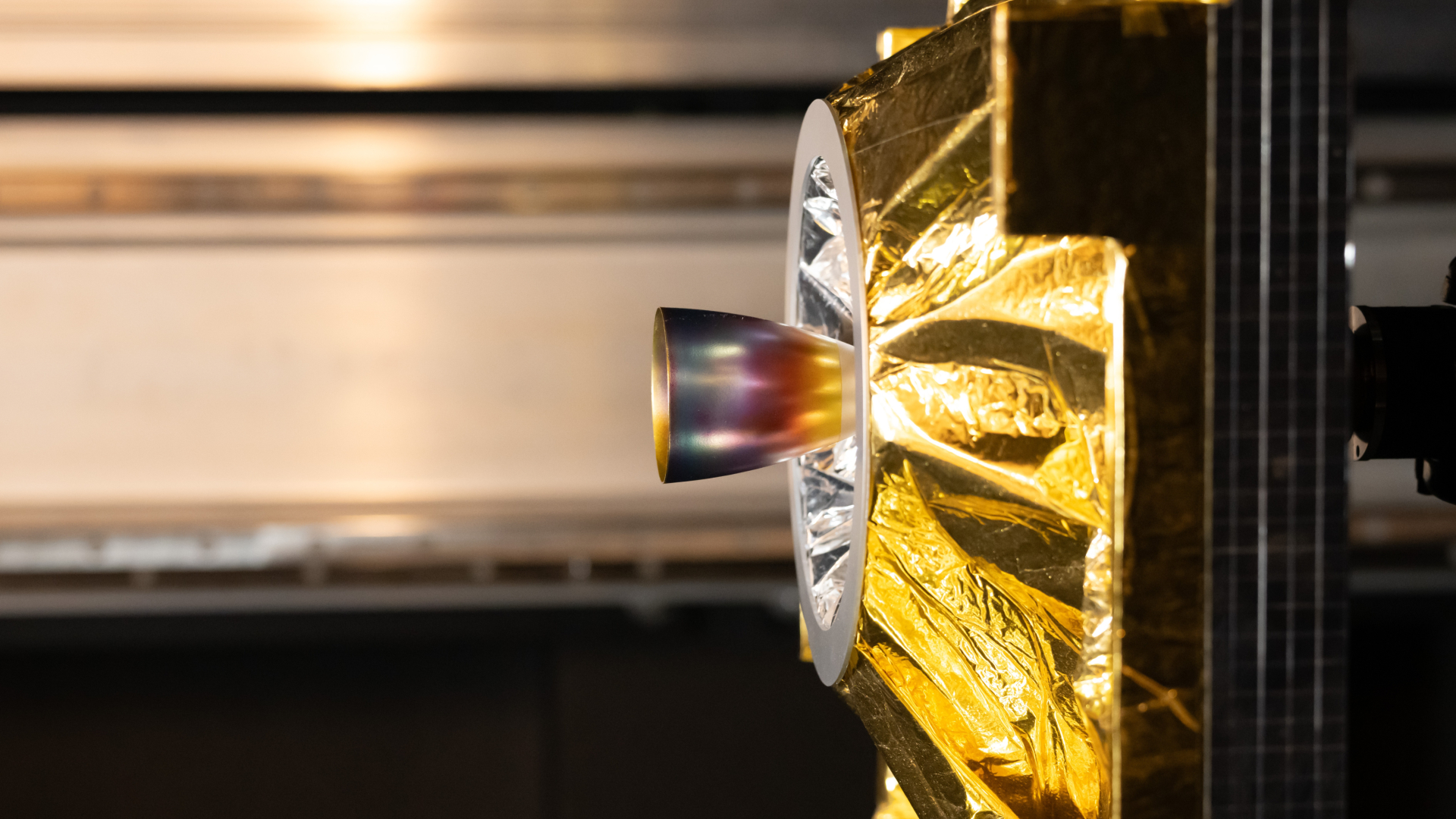China could use a foldable helicopter to collect samples on Mars
The autonomous MarsBird-VII could snag up to 0.22 pounds (100 grams) of Red Planet material.

A new journal article outlines the design for a quadcopter that could assist China's mission to collect samples from Mars.
China is aiming to launch an ambitious Mars sample return mission around 2028 or 2030. A presentation by a China National Space Administration (CNSA) official earlier this year also suggested that a helicopter is part of the mission planning.
A paper published in the journal Acta Astronautica and authored by researchers with the State Key Laboratory of Robotics and System of the Harbin Institute of Technology (HIT) in northeast China provides a design for a foldable Mars quadcopter that could boost the efficiency and flexibility of sampling efforts on the Red Planet.
Related: China might add a helicopter and 6-legged robot to Mars sample-return mission
The paper describes the structural and avionics architecture of the copter, which is tentatively named MarsBird-VII. The flying robot would be foldable to save space during the trip to Mars, be able to deploy autonomously and be able to collect up to 0.22 pounds (100 grams) of samples.
The quadcopter would use a navigation method that combines inertial and binocular vision to fly autonomously on Mars.
While earlier MarsBird iterations have been tested, flight tests in a simulated Martian environment are yet to be conducted with MarsBird-VII. There are no clear plans for the vehicle as yet.
Breaking space news, the latest updates on rocket launches, skywatching events and more!
The quadcopter, should it be developed and fly on China's coming Tianwen-3 Mars mission, would not be the first helicopter on Mars. That honor goes to NASA's Ingenuity helicopter, which landed on Mars with the Perseverance rover in 2021 and has completed a staggering 67 off-Earth flights to date.
MarsBird-VII is also not the first Chinese Mars helicopter design. China's National Space Science Center (NSSC) unveiled a concept back in 2021. The consideration and potential development of such plans suggests that flight is adding a new dimension to Mars exploration.

Andrew is a freelance space journalist with a focus on reporting on China's rapidly growing space sector. He began writing for Space.com in 2019 and writes for SpaceNews, IEEE Spectrum, National Geographic, Sky & Telescope, New Scientist and others. Andrew first caught the space bug when, as a youngster, he saw Voyager images of other worlds in our solar system for the first time. Away from space, Andrew enjoys trail running in the forests of Finland. You can follow him on Twitter @AJ_FI.
